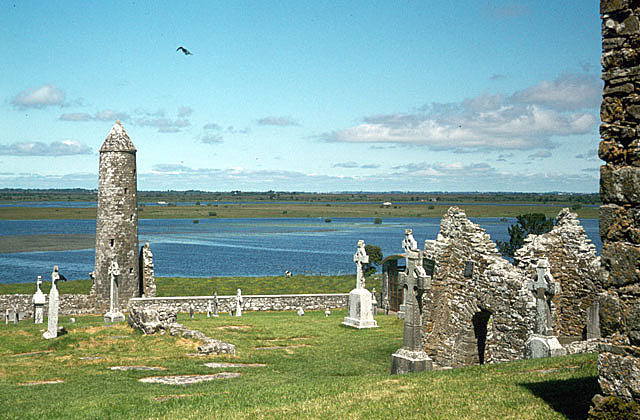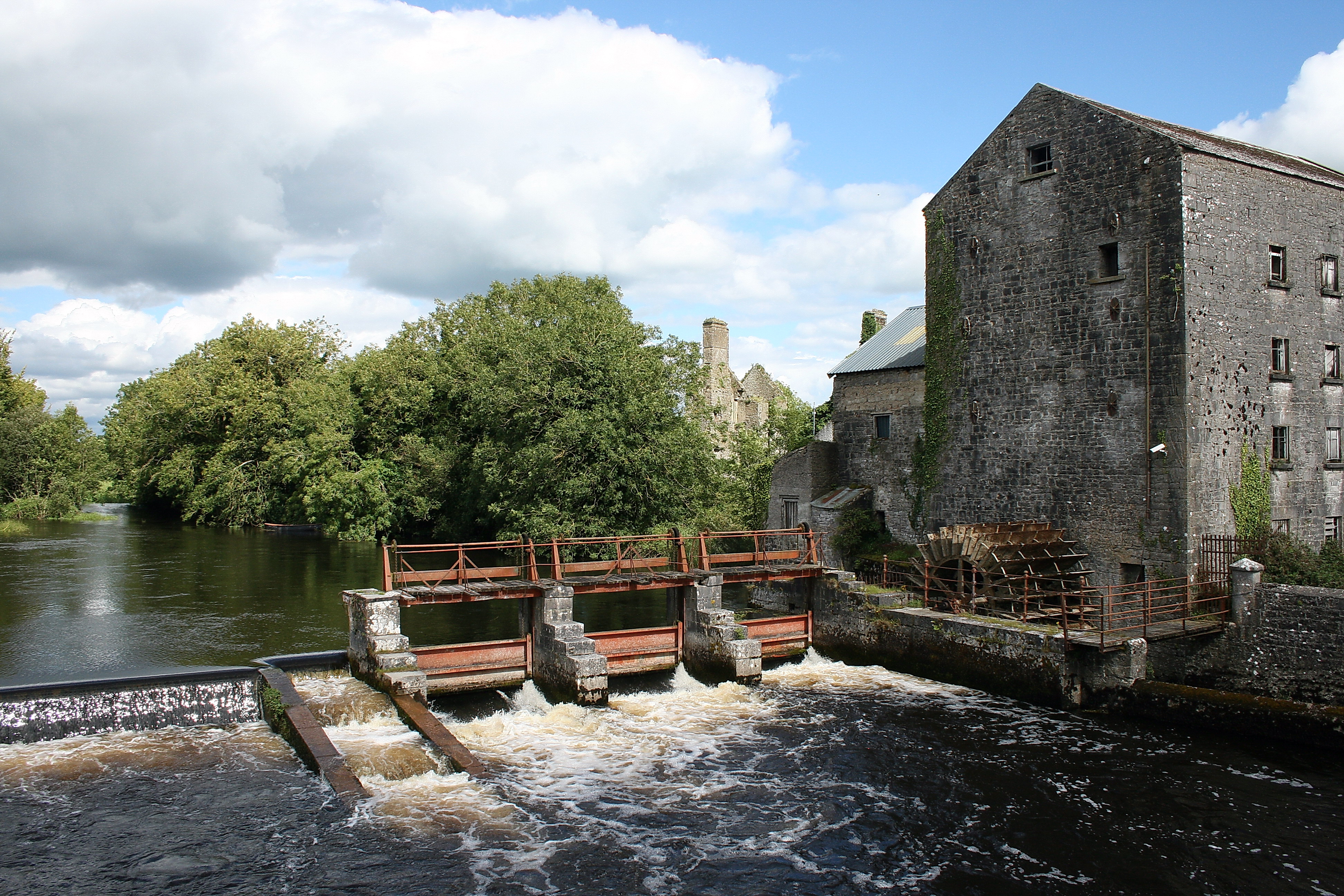|
Portrun
Portrun or Portrunny () is a lakeside townland, located on the bank of Lough Ree on the River Shannon in County Roscommon. It is in area. It has mooring facilities for boats, a children's playground and picnic tables; and is a tourist destination in the summer months. St. Diarmuid's holy well, associated with Diarmaid the Just, is located here. It is said that he often stopped in Portrun here on the way to the sanctuary of Inchcleraun Inchcleraun (), also called Quaker Island, is an island situated in Lough Ree on the River Shannon, in central Ireland. The island is home to the ruins of St. Diarmaid's Monastery, a monastery founded by Diarmaid the Just in AD 560. These build ... (Quaker Island), where the ruins of seven churches can still be seen. References {{County Roscommon Townlands of County Roscommon ... [...More Info...] [...Related Items...] OR: [Wikipedia] [Google] [Baidu] |
Lough Ree
Lough Ree (), translated to English as ''King's Lake'' or ''King Lake'', is a lake in the midlands of Republic of Ireland, Ireland, the second of the three major lakes on the River Shannon. Lough Ree is the second largest lake on the Shannon after Lough Derg (Shannon), Lough Derg. The other two major lakes are Lough Allen to the north, and Lough Derg to the south. There are also several minor lakes along the length of the river. The lake serves as a border between the counties of County Longford, Longford and County Westmeath, Westmeath (both in the province of Leinster) on the eastern side and County Roscommon in the province of Connacht on the western side. The lake is popular for fishing and boating. The lake supports a small commercial eel fishery and is locally famous for its ''eels on wheels'' truck. The town of Athlone is situated at the southern end of the lake, and has a harbour for boats going out on the lake. The small town of Lanesborough-Ballyleague, Lanesboro is at ... [...More Info...] [...Related Items...] OR: [Wikipedia] [Google] [Baidu] |
Moorings And Jetty At Portrunny - Geograph
A mooring is any permanent structure to which a seaborne vessel (such as a boat, ship, or amphibious aircraft) may be secured. Examples include quays, wharfs, jetties, piers, anchor buoys, and mooring buoys. A ship is secured to a mooring to forestall free movement of the ship on the water. An ''anchor mooring'' fixes a vessel's position relative to a point on the bottom of a waterway without connecting the vessel to shore. As a verb, ''mooring'' refers to the act of attaching a vessel to a mooring. The term likely stems from the Dutch verb ''meren'' (to ''moor''), used in English since the end of the 15th century. Permanent anchor mooring These moorings are used instead of temporary anchors because they have considerably more holding power. They cause lesser damage to the marine environment, and are convenient. Where there is a row of moorings they are termed a tier. They are also occasionally used to hold floating docks in place. There are several kinds of moor ... [...More Info...] [...Related Items...] OR: [Wikipedia] [Google] [Baidu] |
Townland
A townland (; Ulster-Scots: ''toonlann'') is a traditional small land division used in Ireland and in the Western Isles of Scotland, typically covering . The townland system is of medieval Gaelic origin, predating the Norman invasion, and most have Irish-derived names. However, some townland names and boundaries come from Norman manors, plantation divisions, or later creations of the Ordnance Survey.Connolly, S. J., ''The Oxford Companion to Irish History, page 577. Oxford University Press, 2002. ''Maxwell, Ian, ''How to Trace Your Irish Ancestors'', page 16. howtobooks, 2009. Townlands cover the whole island of Ireland, and the total number of inhabited townlands in Ireland was 60,679 in 1911. The total number recognised by the Placenames Database of Ireland as of 2014 was 61,098, including uninhabited townlands. Etymology The term "townland" in English is derived from the Old English word ''tūn'', denoting an enclosure. The term describes the smallest unit of land di ... [...More Info...] [...Related Items...] OR: [Wikipedia] [Google] [Baidu] |
River Shannon
The River Shannon ( or archaic ') is the major river on the island of Ireland, and at in length, is the longest river in the British Isles. It drains the Shannon River Basin, which has an area of , – approximately one fifth of the area of Ireland. Known as an important waterway since antiquity, the Shannon first appeared in maps by the Graeco-Egyptian geographer Ptolemy ( 100 – 170 AD). The river flows generally southwards from the Shannon Pot in County Cavan before turning west and emptying into the Atlantic Ocean through the long Shannon Estuary. Limerick city stands at the point where the river water meets the sea water of the estuary. The Shannon is tidal east of Limerick as far as the base of the Ardnacrusha dam. The Shannon divides the west of Ireland (principally the province of Connacht) from the east and south (Leinster and most of Munster; County Clare, being west of the Shannon but part of the province of Munster, is the major exception.) The river rep ... [...More Info...] [...Related Items...] OR: [Wikipedia] [Google] [Baidu] |
County Roscommon
County Roscommon () is a Counties of Ireland, county in Republic of Ireland, Ireland. It is part of the province of Connacht and the Northern and Western Region. It is the List of Irish counties by area, 11th largest Irish county by area and List of Irish counties by population, 26th most populous. Its county town and largest town is Roscommon. Roscommon County Council is the Local government in the Republic of Ireland, local authority for the county. The population of the county was 69,995 as of the 2022 census. Etymology County Roscommon is named after the county town of Roscommon. Roscommon comes from the Irish ''Ros'' meaning a wooded, gentle height and ''Coman mac Faelchon, Comán'', the first abbot and bishop of Roscommon who founded the first monastery there in 550 AD. Geography County Roscommon has an area of . Lough Key in north Roscommon is noted for having thirty-two islands. The geographical centre of Ireland is located on the western shore of Lough Ree in the south ... [...More Info...] [...Related Items...] OR: [Wikipedia] [Google] [Baidu] |
Diarmaid The Just
Saint Diarmaid the Just (also known as Diermit, Dhiarmuit, Dermod, Diermedus, Diermetus, Diermitius, Diermitius) was a Catholic abbot of Inis Clothrann (Inchcleraun), Lough Ree, County Longford and of Faughalstown, County Westmeath and a famous Irish confessor of the late-sixth century. Life He was of princely origin as he was seventh in descent from Nath Í, King of Ireland, who died in 428, and a member of the Hy-Fiachrach family from Connacht. His father was Lugna, son of Lugad, son of Finbarr, son of Fraic, son of Cathchuon, son of Aengus Becchuoun, son of Nath Í son of Fiachrae. His mother was Dediva (also called Editua or Dedi or Deidi or Deighe or Deidiu or Deaga), daughter of Tren, son of Dubhthach moccu Lughair, who was a Chief Ollam of Ireland and royal poet of King Lóegaire mac Néill. Dediva's other children were Saint Senan of Laraghabrine, son of Fintan, Saint Caillin of Fenagh, son of Niata, St. Mainchín of Corann, son of Collan of Corann, Saint Felim of ... [...More Info...] [...Related Items...] OR: [Wikipedia] [Google] [Baidu] |
Inchcleraun
Inchcleraun (), also called Quaker Island, is an island situated in Lough Ree on the River Shannon, in central Ireland. The island is home to the ruins of St. Diarmaid's Monastery, a monastery founded by Diarmaid the Just in AD 560. These buildings constitute a National Monument (Ireland), National Monument. The island Inchcleraun is an island of located in the centre of Lough Ree, with Knockcroghery, County Roscommon to its west and Newtowncashel, County Longford to its east.. History The island takes its name from Irish for "Clothru's Island". In Irish legend, Clothru was a daughter of Eochu Feidlech, then High King of Ireland. She became the Queen of Connacht after her father's death, and once owned the island. Her sister, Medb, retired to Inchcleraun after Medb's husband Ailill mac Máta killed her lover Fergus mac Róich. One point is called ''Grianan Meva'' ("Medb's sunny place"), and nearby is Innadmarfa Meva (''Ionad Marbhtha Meidhbhe'', "Place of Medb's death"), wh ... [...More Info...] [...Related Items...] OR: [Wikipedia] [Google] [Baidu] |




